10 Best Herbal Creams For Nipple Pain During Breastfeeding
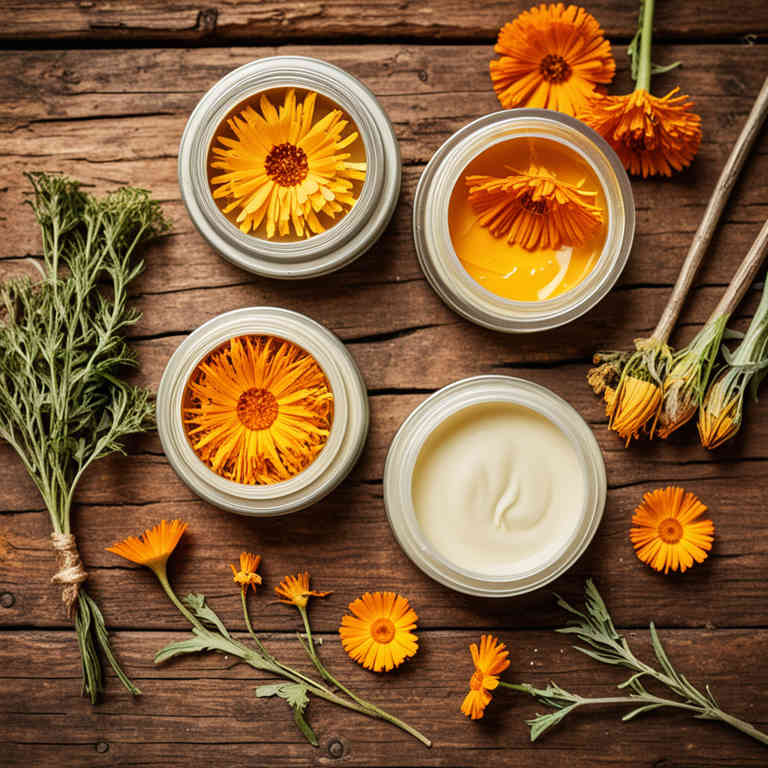
Herbal creams can be a natural and soothing option for alleviating nipple pain during breastfeeding, often containing ingredients like calendula, chamomile, and lavender, which have anti-inflammatory and healing properties.
These creams can help reduce irritation, redness, and soreness caused by frequent nursing or improper latch, promoting faster healing of cracked or bleeding nipples. Unlike some commercial ointments, herbal creams are typically free from harsh chemicals, making them a safer choice for both mother and baby. However, it is important to ensure the product is specifically formulated for sensitive skin and free from irritants such as fragrances or preservatives.
While herbal creams can provide relief, they should be used in conjunction with proper nursing techniques and, if symptoms persist, consultation with a lactation specialist or healthcare provider is recommended.
FREE Herb Drying Checklist
How to make sure every batch retains maximum flavor, color, and aroma without the risk of mold or over-drying. Eliminate guesswork and trial-and-error, making herb drying faster, easier, and more efficient every time.
Table of Contents
1. Matricaria chamomilla
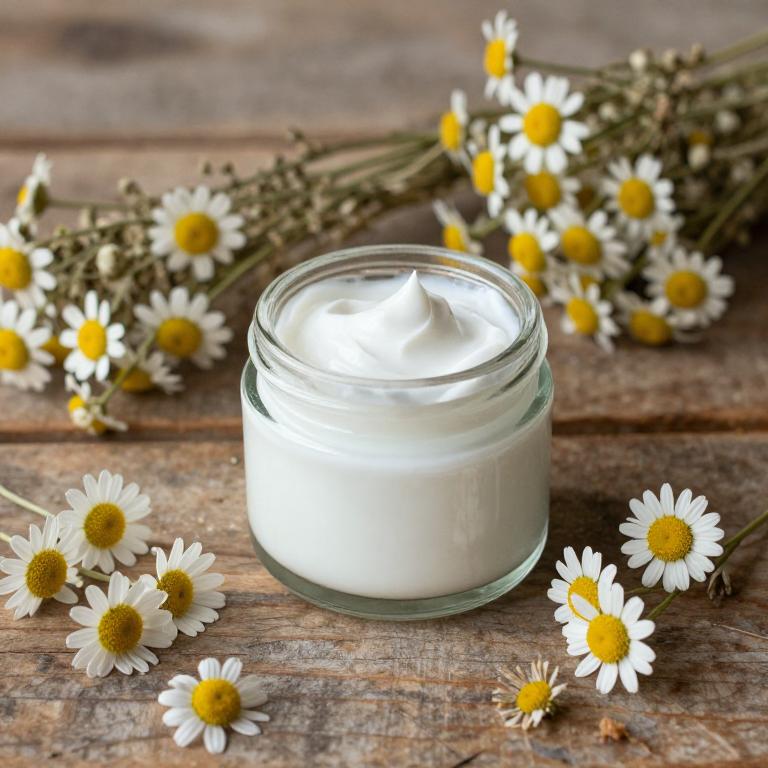
Matricaria chamomilla, commonly known as chamomile, is often used in herbal creams to alleviate nipple pain during breastfeeding.
These creams typically contain chamomile extract, which has anti-inflammatory and soothing properties that can help reduce irritation and discomfort. The gentle nature of chamomile makes it a popular choice for nursing mothers seeking natural relief without harsh chemicals. Applying a small amount of the cream to the affected area after breastfeeding can provide relief and promote healing.
However, it is important to consult with a healthcare provider before use, especially if there are any known allergies or skin sensitivities.
2. Aloe barbadensis
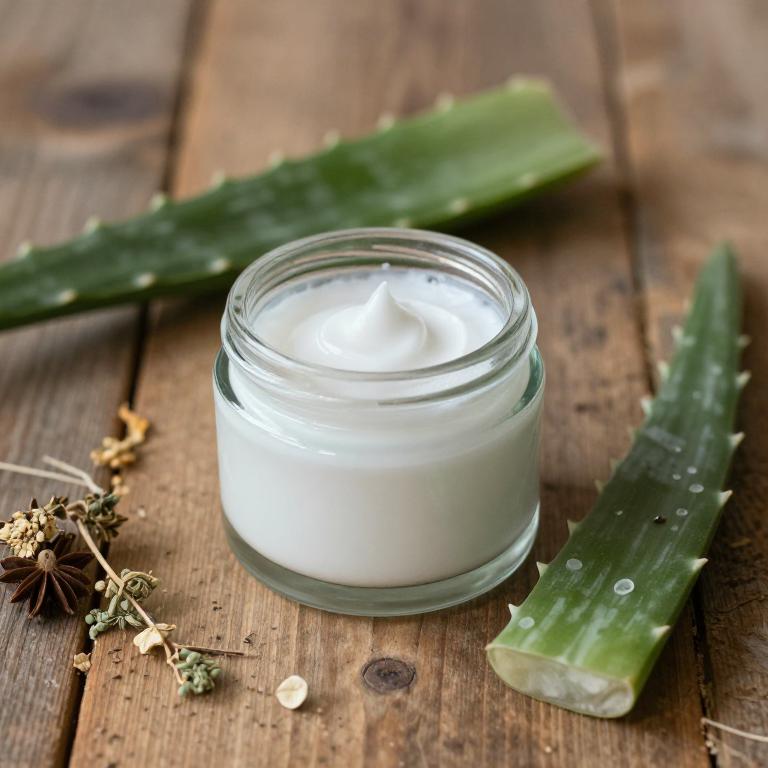
Aloe barbadensis, commonly known as aloe vera, is often used in herbal creams to alleviate nipple pain during breastfeeding due to its soothing and anti-inflammatory properties.
These creams can help reduce redness, irritation, and soreness caused by frequent nursing, providing much-needed relief for nursing mothers. The natural components of aloe vera, such as polysaccharides and enzymes, promote skin healing and may help prevent cracking and infection. However, it is important to choose a pure, fragrance-free aloe vera cream to avoid further irritation or allergic reactions.
While aloe-based creams can be a helpful adjunct to breastfeeding care, they should not replace proper latch techniques or medical advice from a lactation consultant.
3. Calendula officinalis
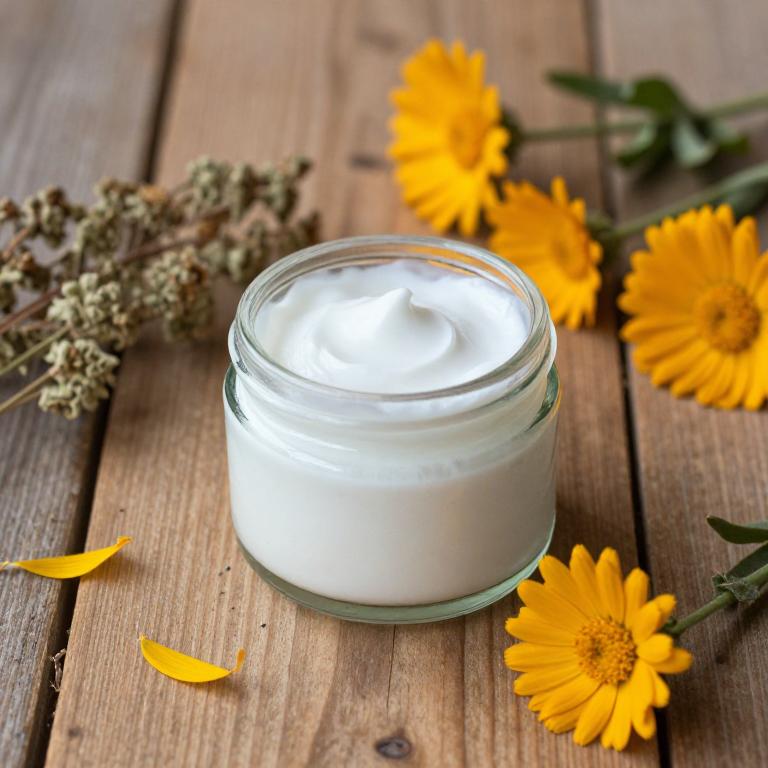
Calendula officinalis herbal creams are often recommended for alleviating nipple pain during breastfeeding due to their anti-inflammatory and soothing properties.
These creams contain extracts from the Calendula flower, which have been traditionally used to promote healing and reduce irritation. The gentle, non-irritating formula makes them suitable for sensitive nursing mothers, offering relief from soreness and cracked nipples. Many breastfeeding mothers find that applying a thin layer of calendula cream after each feeding helps to moisturize and protect the skin.
However, it is important to consult with a healthcare provider before using any herbal products to ensure they are safe and appropriate for individual health conditions.
4. Urtica dioica
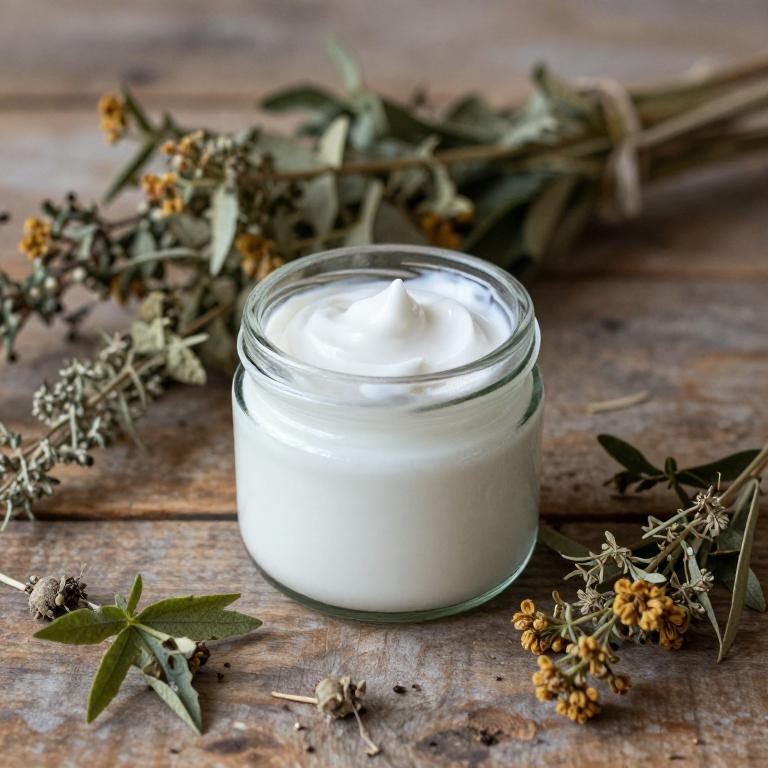
Urtica dioica, commonly known as stinging nettle, is a herbal plant that has been traditionally used for its anti-inflammatory and soothing properties.
When incorporated into topical creams, it can help alleviate nipple pain and irritation experienced by breastfeeding mothers. These creams work by reducing inflammation, promoting healing, and providing a cooling effect on the affected area. They are generally safe for use during breastfeeding, though it is advisable to consult with a healthcare provider before application.
Regular application of urtica dioica herbal cream can offer relief and support the comfort of nursing mothers.
5. Rosa canina
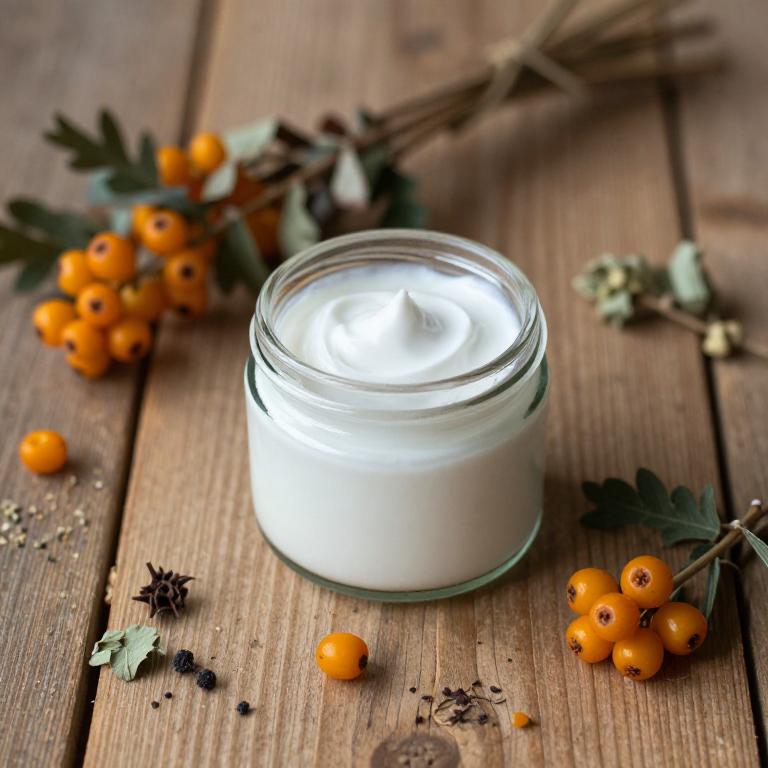
Rosa canina, commonly known as rosehip, is a natural herbal ingredient often used in creams to alleviate nipple pain during breastfeeding.
These creams are formulated with rosehip oil, which is rich in essential fatty acids, vitamins, and antioxidants that promote skin healing and reduce inflammation. The anti-inflammatory properties of rosehip oil can help soothe sore and cracked nipples, making breastfeeding more comfortable for new mothers. Many breastfeeding women find that applying a thin layer of rosa canina cream after each feeding provides significant relief and supports the healing process.
It is important to choose a cream that is free from irritants and safe for use on sensitive breast skin.
6. Hypericum perforatum
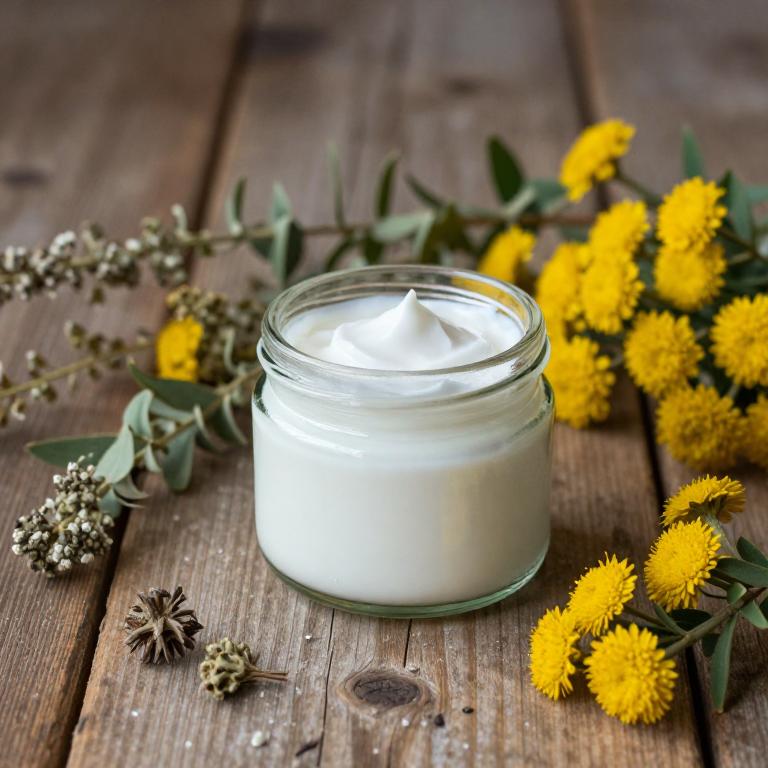
Hypericum perforatum, commonly known as St. John's Wort, is often used in herbal creams to alleviate nipple pain during breastfeeding.
These creams typically contain a concentrated form of the plant's extract, which is believed to have anti-inflammatory and analgesic properties. When applied topically to sore or cracked nipples, the cream can help reduce discomfort and promote healing. However, it is important to note that St. John's Wort can interact with certain medications, so breastfeeding mothers should consult with a healthcare provider before use.
Despite its potential benefits, the effectiveness of these creams may vary, and they should be used as part of a comprehensive approach to managing nipple pain.
7. Lavandula angustifolia
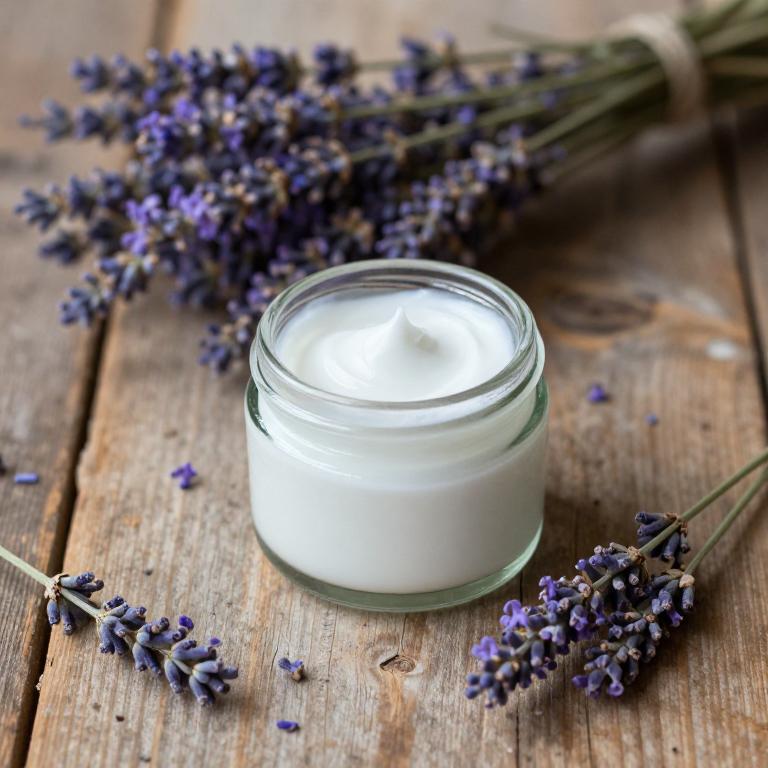
Lavandula angustifolia, commonly known as English lavender, is often used in herbal creams to alleviate nipple pain during breastfeeding due to its soothing and anti-inflammatory properties.
These creams typically contain essential oils extracted from lavender flowers, which can help reduce irritation, redness, and soreness caused by frequent nursing. The calming aroma of lavender also provides a comforting effect, promoting relaxation and ease during feeding sessions. When applied gently after breastfeeding, these creams can support healing and prevent further discomfort.
However, it is important to ensure the product is safe for sensitive skin and consult a healthcare provider before use, especially if there are signs of infection or allergic reactions.
8. Echinacea purpurea
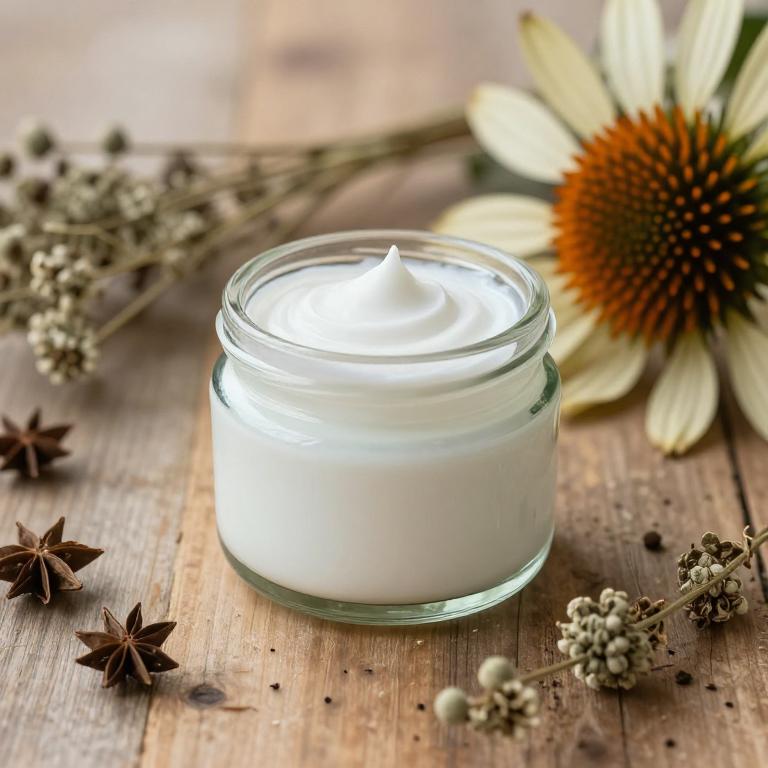
Echinacea purpurea, commonly known as purple coneflower, is a herbal remedy that has been traditionally used for its anti-inflammatory and antimicrobial properties.
Some herbal creams containing echinacea purpurea may offer relief for nipple pain during breastfeeding by reducing inflammation and soothing irritated skin. However, it is important to note that the safety and efficacy of echinacea during breastfeeding have not been extensively studied, and some experts advise caution due to potential allergic reactions or interactions with other medications. Before using any herbal cream, nursing mothers should consult with a healthcare provider to ensure it is safe for both mother and baby.
While echinacea may provide some comfort, it should not replace proper lactation support or medical advice when nipple pain persists.
9. Silybum marianum
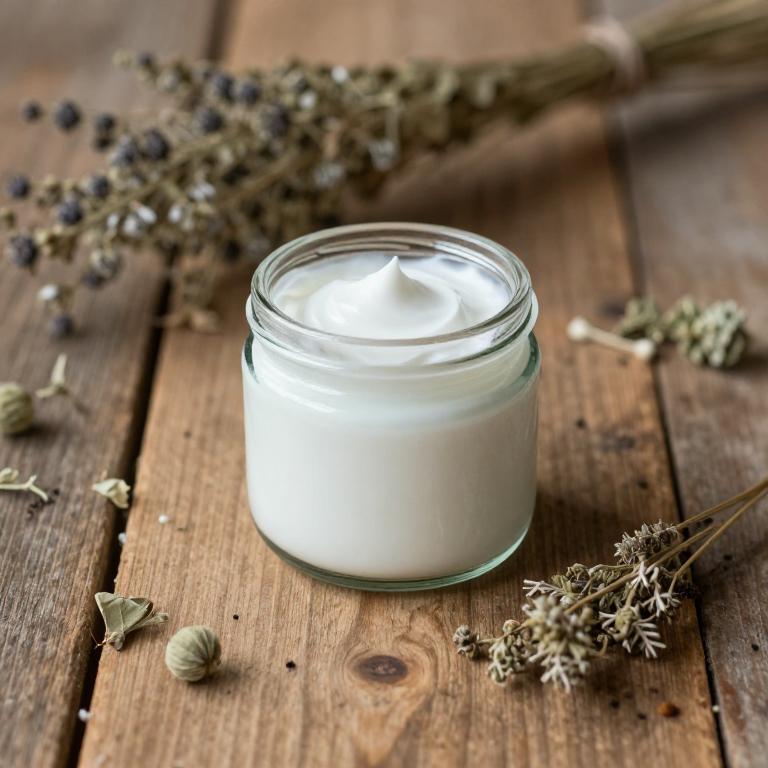
Silybum marianum, commonly known as milk thistle, is a herbal remedy that has been explored for its potential benefits in alleviating nipple pain during breastfeeding.
The active compounds in silybum marianum, such as silymarin, are believed to have anti-inflammatory and antioxidant properties that may help reduce irritation and promote healing of the nipple tissue. Some breastfeeding mothers have reported relief from soreness and cracking by using herbal creams containing silybum marianum, though more scientific research is needed to confirm its efficacy. While generally considered safe for topical use, it is advisable to consult a healthcare provider before applying any herbal cream, especially if there are existing skin conditions or allergies.
As with any remedy, individual responses may vary, and it should be used as part of a comprehensive approach to managing nipple pain during breastfeeding.
10. Cucurbita pepo
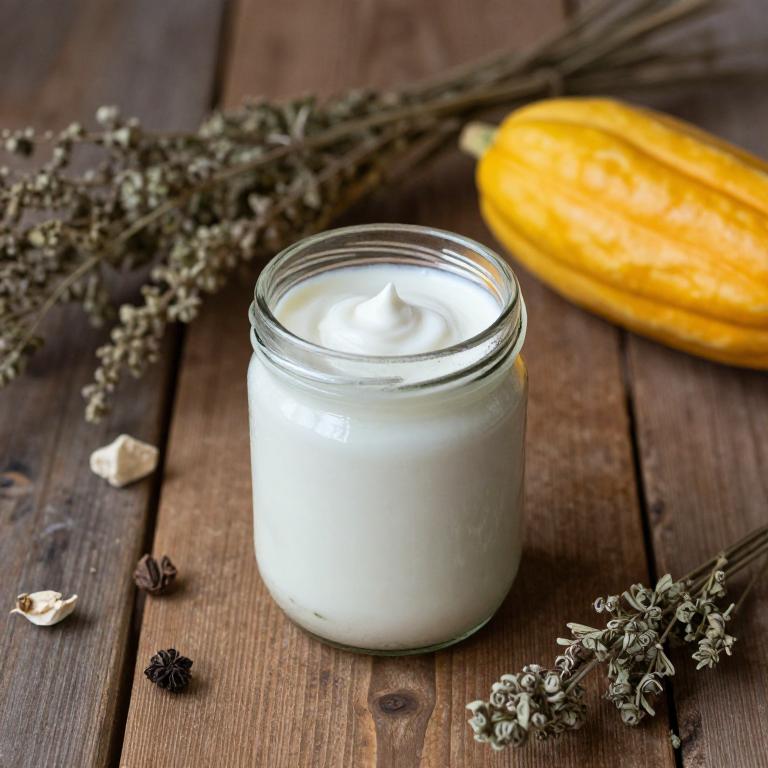
Cucurbita pepo, commonly known as the common gourd, has been traditionally used in herbal remedies for its anti-inflammatory and soothing properties.
While not a direct treatment for nipple pain during breastfeeding, some herbal creams containing Cucurbita pepo may help alleviate discomfort by reducing inflammation and promoting skin healing. These creams are often made from the seeds or pulp of the gourd and may be combined with other natural ingredients like calendula or chamomile to enhance their soothing effects. However, it is important to consult a healthcare provider before using any herbal remedies, as they may interact with other treatments or cause allergic reactions.
Due to limited scientific research on their efficacy for breastfeeding-related nipple pain, these creams should be used with caution and as part of a broader approach to nursing care.